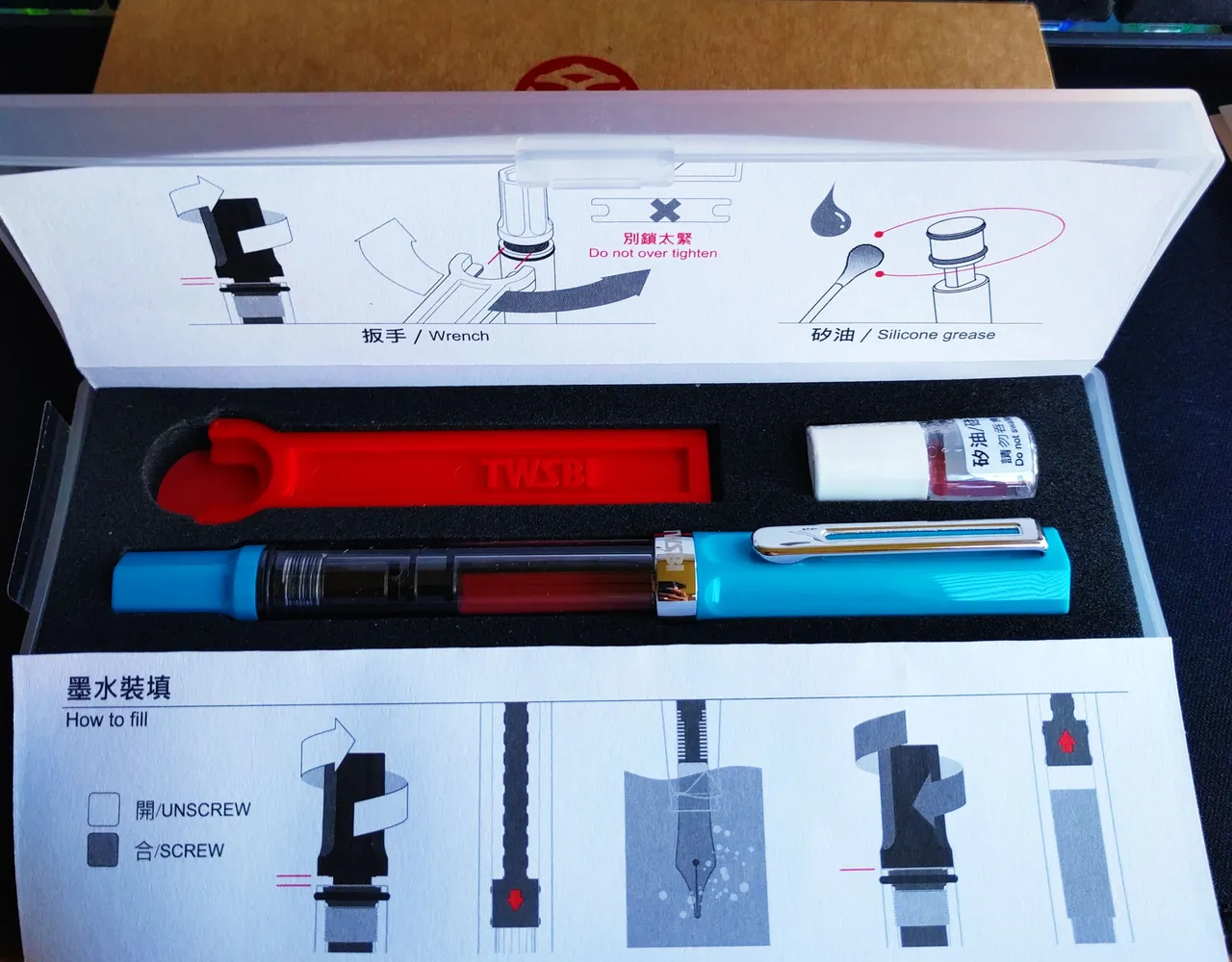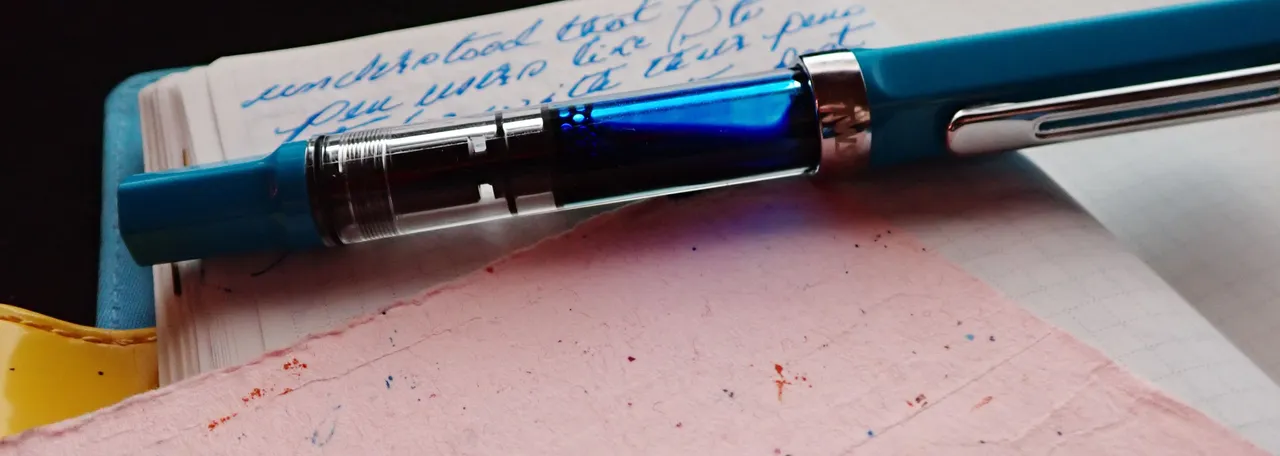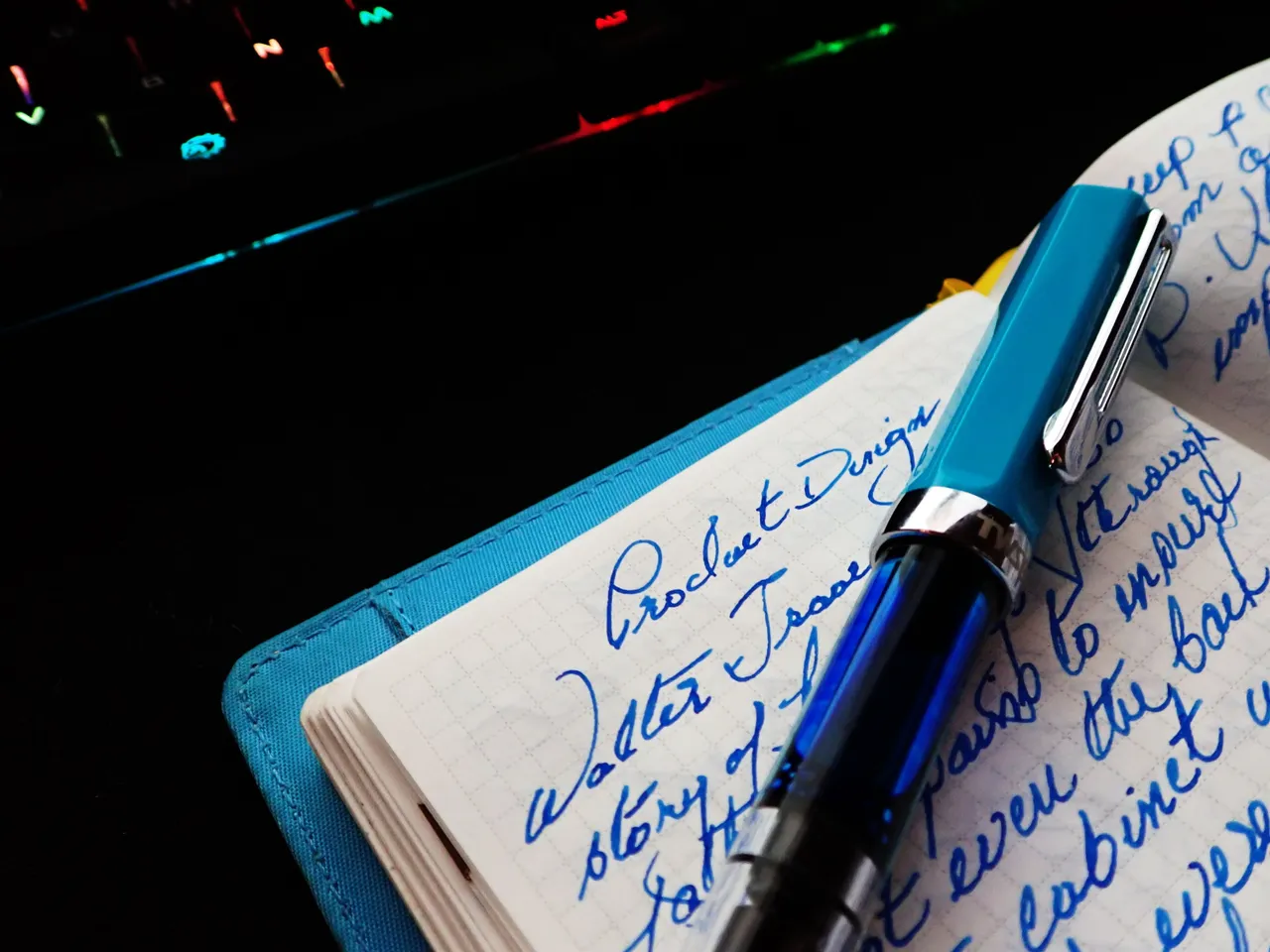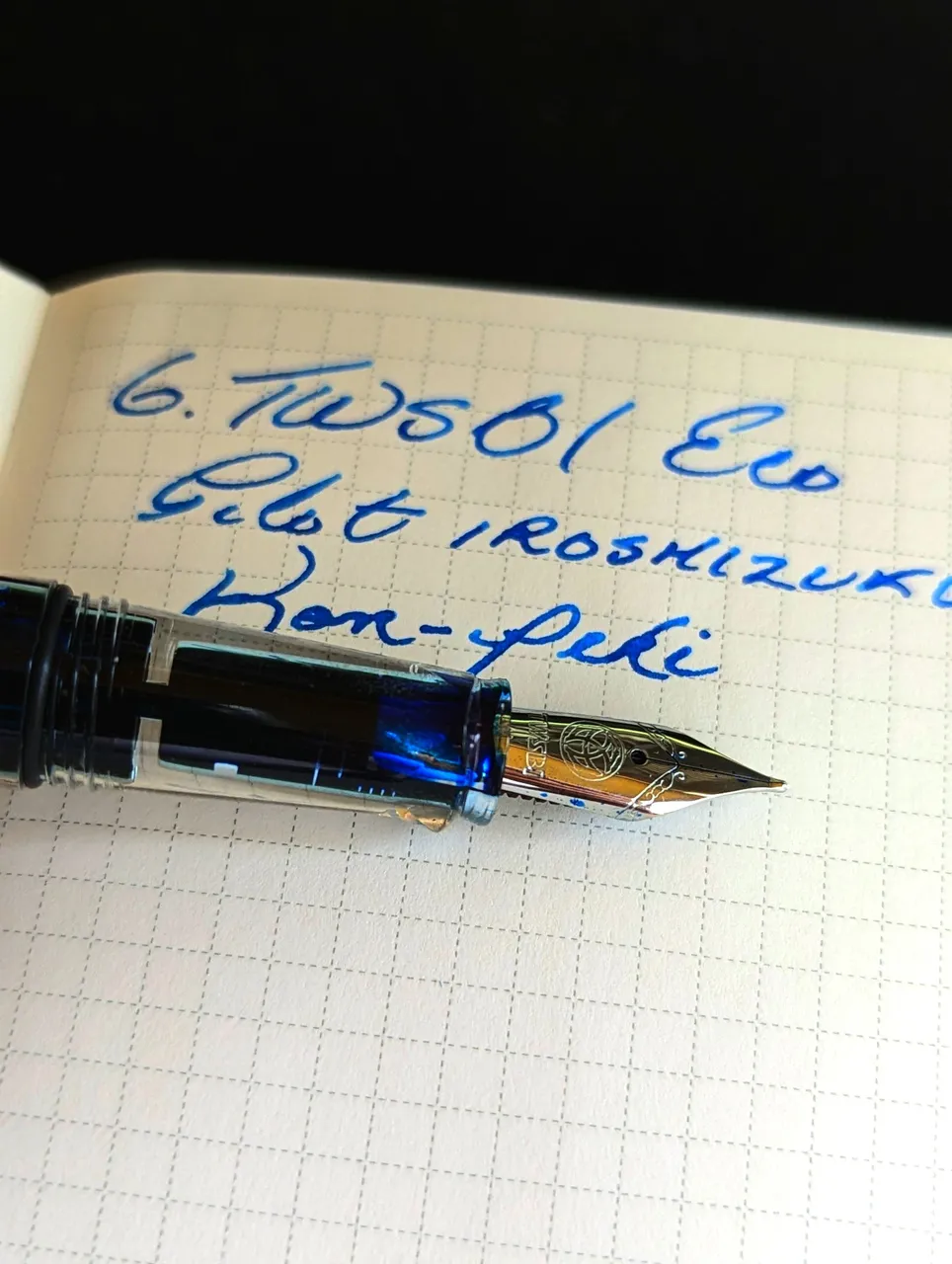Once in a while, a person with a singular vision shows up and alters how we view the world using the artifacts of culture. This is true across a variety of fields, including the design of everyday products. The thinking and creativity of these unique individuals is just right for the given era. Steve Jobs is one of those people. He had a keen eye for product design and a maniacal commitment to simplicity. Something he apparently learned from the Japanese. Much to the exasperation of engineers, he always put design at the forefront, even if alternate approaches would’ve been faster and more economical to implement. In Walter Isaacson’s biography, the author mentions how Steve Job’s father used to work on cabinets and took great care to craft even their backs, which are usually hidden from view. Similarly at Apple, Jobs insisted that even the inside of the products should look aesthetically pleasing, in spite of the fact that he went to great lengths to ensure that customers could not open his machines and view the inside. He knew it was there and that was enough.
There are other brilliant designers like Steve Jobs out there, but let’s face it, they are far and few between. This is perhaps one of the reasons why different approaches to product design have been taken. Product design in general has moved away from the times when only a single individual or core group of people thought up ideas then went on to design the form and function of the product. At some point, customer feedback is necessary. Some designers have taken this to a new level by actually including the customer in the prototyping stage.
A few years ago, one of the designers for a Taiwanese company (TWSBI) began using social media to develop a fountain pen. Facebook and other public forums facilitate access to those who actually use a product. So, the designer cleverly and astutely used the feedback he received, including it in his prototypes, then requesting feedback again for over the course of a year or so. It was a virtual collaboration. Eventually a fountain pen was created. It was called the TWSBI Diamond 530. Unfortunately, I don't have picture of it, mine broke a few years ago. The newest model in that line is called the 580. I don't own one, but my newest acquisition, the TWSBI Eco, generally contains some of the design principles found in the original.

The original fountain pen was a hit. It was an affordable demonstrator, meaning that the acrylic body was transparent, and you could see the internal mechanics along with the ink sloshing around. In the olden days when fountain pens were all the rage, demonstrators were used to show customers how the pen worked. They were not meant for sale. It was a great idea by TWSBI to make theirs a demonstrator. Given that the TWSBI pen had been designed with hobbyists in mind, the pen came with a small metal wrench that allowed the user to take the pen apart to clean it or service it. It also came with a small bottle of silicon grease to lubricate the piston mechanism. Even the packaging was superb. The pen came in a classy plastic case looking like some alien weapon with clearly laid out info-graphics illustrating how to use the fantastic artifact. Talk about experience design! Even Neil Gaiman has used TWSBIs. They are great writers with nibs made in Germany. Unfortunately, as time went on, some problems appeared on the pen, chiefly, the pen had a tendency to break apart. Mine basically exploded into pieces in my hands. The company immediately changed the acrylic resin to make it more resistant to breakage, but I think the negative publicity still haunts them like an albatross around their neck. No online discussion of TWSBI pens on social media is without someone pointing out the acrylic problem, which TWSBI keeps assuring us was fixed long ago.


TWSBI has become successful company in the stationery world for making products that take into account the users’ likes, dislike, and ideas. This approach is different from reliance on the singular genius with the Midas touch or the mad monk-engineers in secret labs. I don't think the designers engage the public as closely as before, but the lessons they learned from that exercise seem to have carried forward. They recently released a blue version in their Eco series, which clearly has DNA from the original Diamond 530. The pen is relatively cheap, as far as fountain pens go. It comes with a plastic wrench instead of the usual metal, and a tiny tiny vial of silicon grease. The designers made a few changes to ensure the price was kept down. Even the packaging is simpler with a subdued Muji-style case instead of the fancy plastic one. In spite of its low price, this instruments is a joy to write with. The smooth German-engineered medium nib glides across the page in silky inky goodness. What a classic! It is a perfect example of how different approaches can be used to develop a successful product. We may not all be as brilliant as Steve Jobs, but with the right approach, we can all participate in the design of beautiful things.




Resource

Images by @litguru